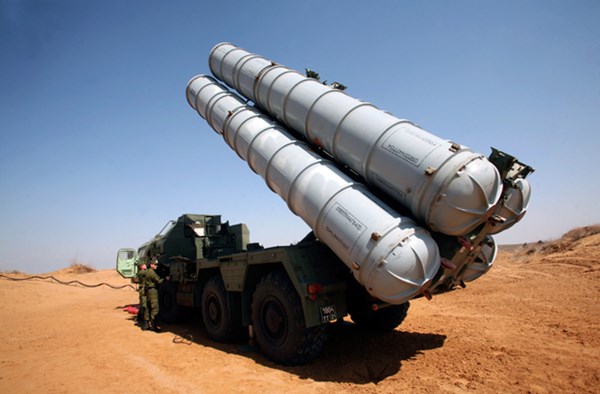Iran puts Russian S-300 anti-missile systems into operation
Iran has put the S-300 surface-to-air missile systems into operation, announced by General Amir Farzad Esmaili, commander of Khatam al-Anbia Air Defense Base, as reported by TASS.
The commander announced that the S-300 have been “placed on combat duty and are operational”, but did not specify in which region the systems were deployed. The general also spoke of the preparation and testing of the Iranian-developed Bavar 373 missile system towards the middle of March 2018. According to the him, this system and the Russian surface-to-air system will then become part of “the country’s unified anti-air defense shield”.
It was reported previously that the Iranian military had successfully tested the Russian S-300 systems. The missiles successfully hit training targets, both aircraft and missiles.
The contract to deliver Russian S-300 systems to Iran was made in 2007. According to unofficial data, the value amounted to $800 million. However, in 2010 Russia vetoed the delivery of the systems. Iran filed a lawsuit against Rosoboronexport for $4 billion at an arbitration court in Geneva.
In 2015, the P5 + 1 countries signed an agreement regarding the “nuclear deal” with Iran, and the international economic sanctions were eased in October 2016. Even before signing the final agreement, the Russian president signed a decree to remove the ban on the delivery of the S-300 systems.
Russia and Iran signed a new contract for the delivery of surface-to-air systems in November 2015. The delivery of the systems was completed in October 2016. At the start of 2016, Deputy Prime Minister Dmitry Rogozin announced that Moscow had received a guarantee from Tehran concerning the withdrawal of the lawsuit against Rosoboronexport.
In February 2017 Sergey Chemezov, director general of the state corporation Rostec, placed the value of the contract with Iran at $1 billion.
